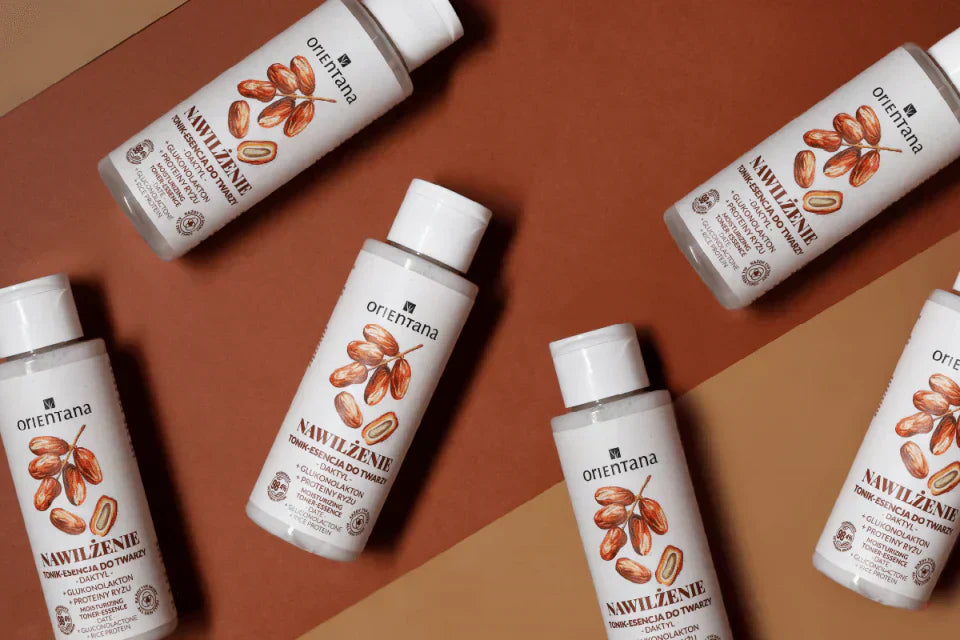Just a few years ago, facial toners were considered a minor addition that could be skipped. Today, we know they're one of the key steps in an effective skincare routine—not only preparing the skin to absorb active ingredients but also supporting its natural protective barrier. In this article, I'll show you what a toner is, how it works, the different types, how to use it correctly, and how to choose the best product for your skin's needs.
Is facial toner really necessary?
Why is tonic needed?
- Restores the skin's natural pH (approx. 4.7–5.5).
- Increases the absorption of active ingredients from serums and creams.
- It acts as the "first step of moisturizing"
- Soothes irritations after cleansing.
- Strengthens the hydrolipid barrier.
Types of facial toners and their effects
Moisturizing tonic
- Contains humectants (e.g. glycerin, hyaluronic acid, gluconolactone).
- Enhances the moisture level.
- Protects against water loss.
- Perfect for dry and dehydrated skin.
Cleansing tonic
- Removes makeup and sebum residue.
- Contains extracts that regulate sebum secretion.
- Recommended for oily and combination skin.
Soothing and calming tonic
- Contains aloe, green tea, rose water.
- Perfect for sensitive skin
- Perfect for sensitive skin.
Tonic with acids
- Contains PHA, AHA or BHA acids.
- Gently exfoliates, smoothes and brightens the complexion.
- Recommended for discolorations, blackheads and gray skin.
How to use facial toner step by step?
- Cleanse your face – use gel, foam or emulsion.
- Apply toner – I recommend pouring a few drops onto your hands and gently tapping into your face.
- Wait a moment – give your skin a few seconds to absorb it.
- Apply serum or cream – the tonic prepares the skin for further care.
Should I use tonic in the morning and evening?
Beautician's tip: applying tonic with your hands, not with a cotton pad, helps avoid product loss and additional rubbing of the skin.
Toners and the skin microbiome
- inulin,
- ferments,
- probiotics or prebiotics.
Hydrolipid layer and toning
Tonics and anti-aging care
Natural facial tonics – why is it worth it?
- denatured alcohol,
- SLS,
- synthetic dyes.
- plant extracts,
- adaptogens,
- biotechnological ingredients (e.g. gluconolactone).
The most common mistakes when using tonic
- Using tonic with alcohol for sensitive skin.
- Skipping this step of care.
- Using too much product.
- Confusing toner with micellar water.
- Choosing a tonic that is not suitable for your skin type.
Ranking and recommendations: the best Orientana facial toners
- Tonic and essence in one.
- Contains gluconolactone, dates, inulin.
- Moisturizes, regenerates and supports the microbiome.
- A classic of natural care.
- Soothes irritations and adds shine.
- Perfect for sensitive, dry, mature skin.
Frequently asked questions (FAQ) about facial toners
- Gluconolactone – gentle exfoliation and hydration.
- Inulin – microbiome support.
- Aloe – relief and regeneration.








